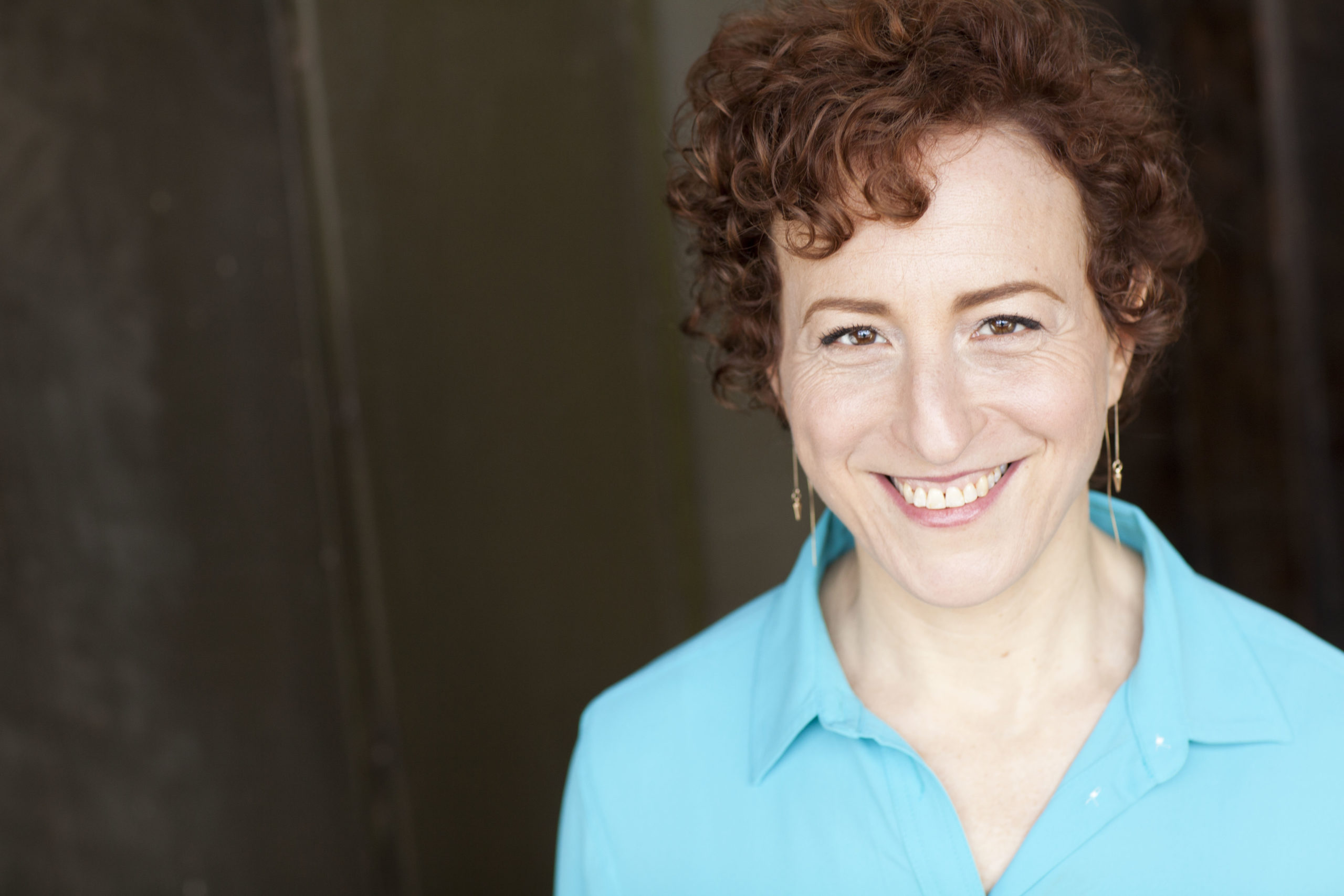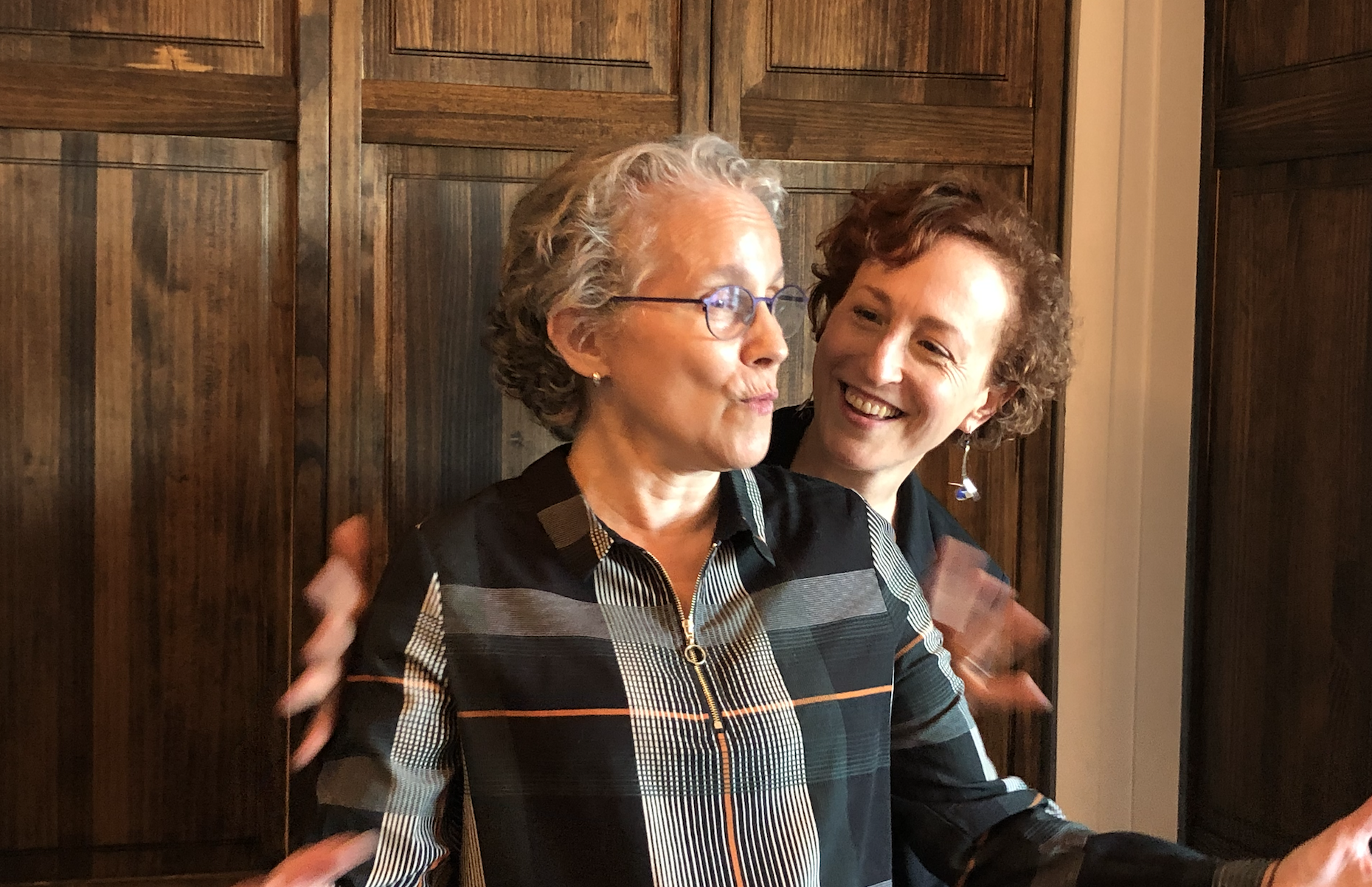There are stories we know by heart, many of them old. We cherish these stories just the way they are. There are also inner-defining stories we tell about ourselves – how we process emotions or complex arguments, the things we like and do not like, what we are bad at or will not even attempt. We cherish those stories too. Professional growth can be uncomfortable because in order to grow as a working person in the world, you sometimes need to replace old inner-defining stories with new ones that expand who you can be. As an embodied leadership and communications coach, I know this to be an essential aspect of professional growth. It is also destabilizing.
I was reminded of this destabilization recently while reading Goodnight Moon to my step-grandson Boaz. Like many two-year olds, he cherishes that book, reverentially reciting each word under his breath as I read it aloud. In a misguided moment, I decided to change the ending this time, and let the mice keep their eyes open while the rest of the house nodded off. I thought it would be fun; Boaz was distressed. “No!” he said with certainty. “The mice must sleep. I know this story, Bubbe! That is not how my story goes.”
That is not how my story goes. Have you ever found yourself thinking those or similar words as you contemplated a professional growth opportunity which you wanted, but which took you outside your comfort zone? Did such a thought keep you from developing as you needed to? If so, you are not alone. All too often, we hold ourselves back from growing professionally because we are frightened – frightened of looking stupid, frightened of being mediocre at something, frightened of the discomfort which inevitably comes when we uproot stories.
Our inner-defining narratives come from many places – our families, our wounds, our heroes, our faith – but I would posit that most of all they come from our bodies, from millions of unconscious habits which get embedded in our bodies through years of repetition, then are understood by our conscious minds in the form of stories. All day long, we reinforce these habits, each time we move, breathe, walk, speak, sit, eat, laugh, write, read, blink, emote or think. They are literally in our cells.
Over decades of habit building, we grow to recognize ourselves in certain ways, and that recognition brings security, like Boaz’s knowing the mice sleep too. We tell ourselves, “I am a person who…”; “I am not a person who…”; “I am a giver”; “I am conflict averse”; “I am bad at praise.” We say it like we were born this way, or willed ourselves like that. But it is rarely a decision, and often not a birth trait. These stories began early in our lives and far below our conscious minds. They began in our bodies.
Cutting-edge neuroscience has proven that our brains do not run the show anyways. Our bodies do. As the ground-breaking book Your Body is Your Brain explains: “We tend to think of the brain as a top-down command center, but this is about as outdated as thinking the world is flat. The brain in your head receives vastly more ‘bottom up’ input from your visceral organs than the reverse…. It makes more sense to say the body leads the brain.”
That is why I swear by embodied leadership and communications coaching, engaging the body and breath alongside the intellect in the service of lasting change. I work with people who want to get better at their jobs and at how they show up in the world professionally as leaders and presenters and team-members. With help – that is professional growth opportunities – people can unlearn old habits and stories and replace them with impactful new ones. Yes, the work is destabilizing at times, but because it is dynamic and experiential in nature, clients learn how to recognize and manage that discomfort, in their bodies as well as their minds. It is not ignored; their discomfort is part of the growth.
I am passionate about embodied leadership and communications coaching because I believe it is the most direct, efficient and lasting way to help people grow. Here are four key pillars of the method:
- Powerful tools: the tools are non-athletic, actionable and practical. Anyone can do them.
- Embodiment: This method considers your body and breath essential partners for change, alongside your intellect. So the work is often dynamic and experiential. There is an important place for thinking and talking too, but the body is not forgotten.
- Awareness: Inner sensory awareness is crucial for growth. With awareness comes choice.
- Practice: Practice is the secret that athletes, actors, and musicians know. This method considers it indispensable. It renders our best intentions into habits to support when the pressure is on.
Looking back at the Goodnight Moon incident with Boaz, I marvel at my mistake. “Let the boy have his story,” I remind myself. “It is his anchor. Years from now, when he’s older, you can retell it together.” May we each be blessed to tell new stories when we need to – about ourselves, about our planet and about our people.

Get To Know The Author
WGF/DS Alum Rebecca Fletcher (Class 9) is an embodied leadership and communications coach and the founder of The Fletcher Studio, along with a working actor and theater-creator whose original shows have been presented around the world.

